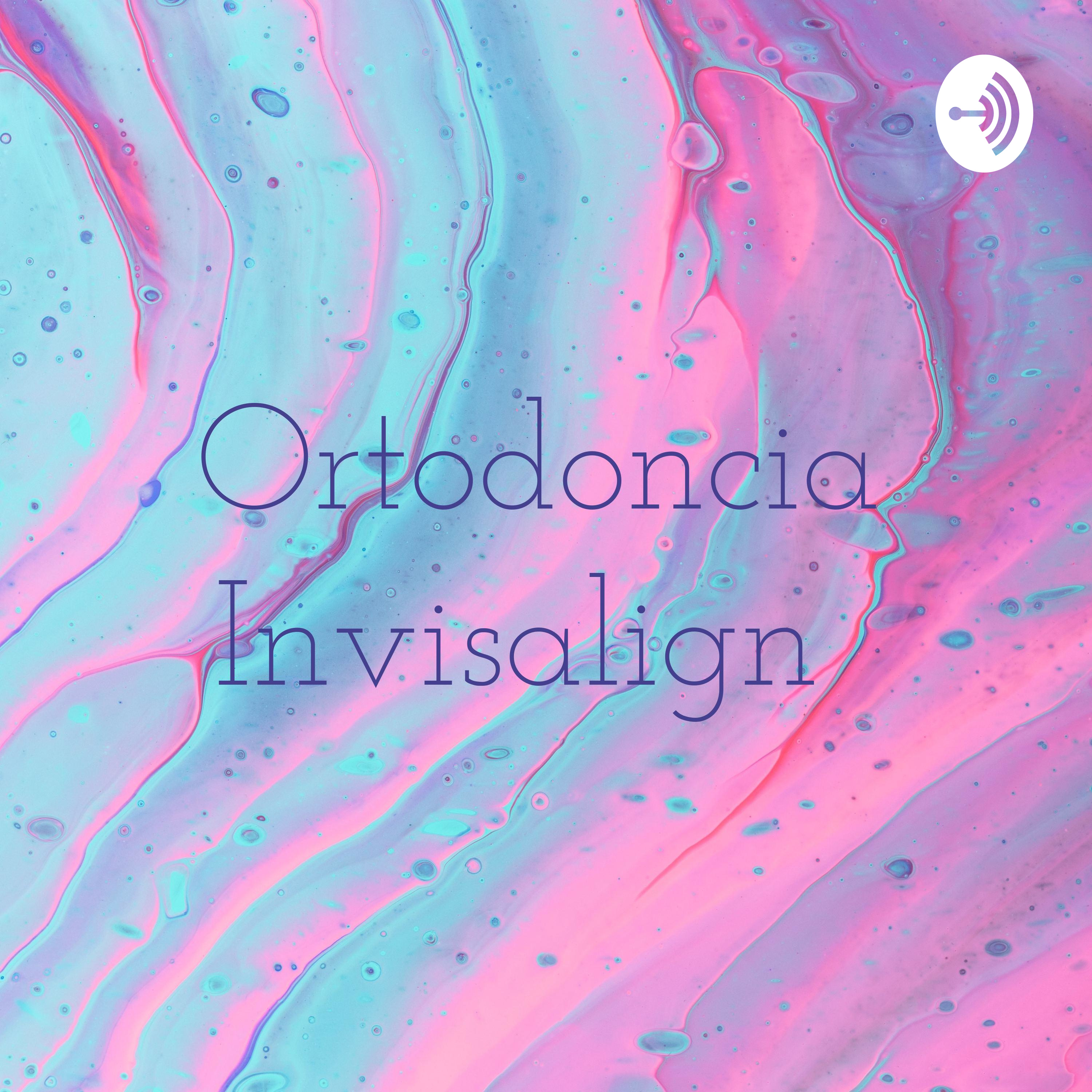 |
Journal of Cardiovascular Nursing: The BeatAuthor: Jennifer Miller
Listen to the latest updates and news from the editorial team of the Journal of Cardiovascular Nursing. Language: en Genres: Health & Fitness, Medicine Contact email: Get it Feed URL: Get it iTunes ID: Get it Trailer: |
Listen Now...
In Their Own Words: Dr. Billy Caceres
Friday, 12 February, 2021
Sexual Identity, Adverse Life Experiences, and Cardiovascular Health in Women Caceres, Billy A. PhD, RN, AGPCNP-BC; Markovic, Nina PhD; Edmondson, Donald PhD; Hughes, Tonda L. PhD, RN, FAAN The Journal of Cardiovascular Nursing: 9/10 2019 - Volume 34 - Issue 5 - p 380-389 doi: 10.1097/JCN.0000000000000588 Abstract Background: Adverse life experiences (ALE; eg, discrimination and sexual abuse) may contribute to cardiovascular disease (CVD) risk in sexual minority women (SMW), but few studies have tested whether ALE explain the association of sexual identity with cardiovascular health (CVH) markers in women. Objective: The aim of this study was to examine sexual identity differences in CVH among women and the role of ALE. Methods: In the Epidemiologic Study of Risk in Women, we used multinomial logistic regression to assess sexual identity differences (SMW vs heterosexual women [reference group]) in CVH markers (ideal vs poor, intermediate vs poor) using the American Heart Association's Life's Simple 7 metric and the total score. Next, we tested whether the association of sexual identity with the total CVH score was attenuated by traditional CVD risk factors or ALE. Results: The sample consisted of 867 women (395 heterosexual, 472 SMW). Sexual minority women were more likely to have experienced discrimination (P < .001) and lifetime sexual abuse (P < .001) than heterosexual women. Sexual minority women were also less likely to meet ideal CVH criteria for current tobacco use (adjusted odds ratio, 0.43; 95% confidence interval, 0.24–0.73) or intermediate CVH criteria for body mass index (adjusted odds ratio, 0.60; 95% confidence interval, 0.40–0.92). Sexual minority women had a lower cumulative CVH score (B [SE] = −0.35 [0.14], P < .01) than heterosexual women. This difference was not explained by traditional CVD risk factors or ALE. Conclusions: Smoking, body mass index, and fasting glucose accounted for much of the CVH disparity due to sexual identity, but those differences were not explained by ALE. Health behavior interventions tailored to SMW should be considered.










